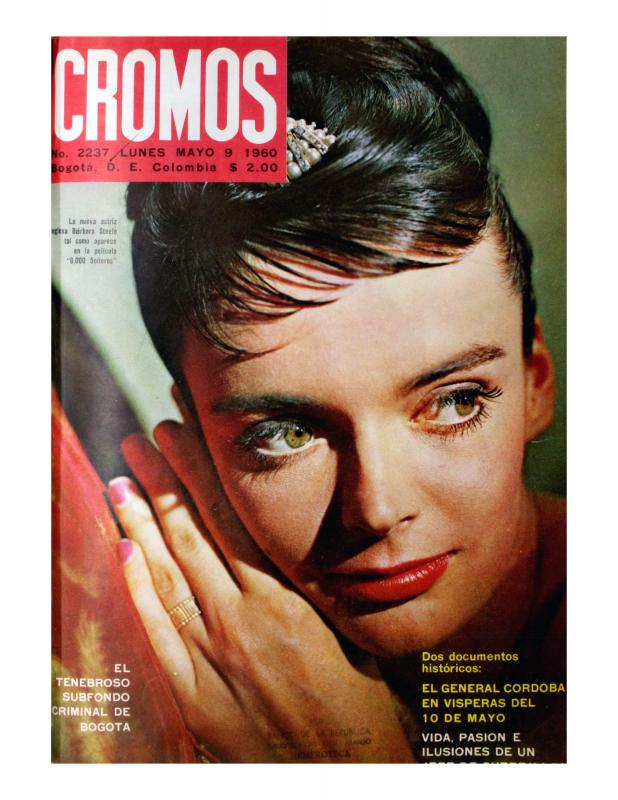With the help of some members of the staff of the journal Prisma (February–December, 1957) [See “Una revista nueva,” doc. no. 1087526], Marta Traba (1923–1983) organized the Primer Salón de Pintoras Colombianas o Residentes en Colombia on the premises of the Compañía Colombiana de Seguros in September 1957. That exhibition, along with the text written by Traba—an Argentine critic who lived in Colombia—can be seen in a sociopolitical context of growing female participation in an array of disciplines and spheres, including politics. Significantly, it was not until December 1, 1957, that Colombian women voted for the first time; it was under General Gustavo Rojas Pinilla (in power from 1953–57) that the first woman was appointed to a cabinet-level position in Colombia (Josefina Valencia, as the Minster of Education).
Figures like Lucy Tejada (1920?2011), Cecilia Porras (1920–1971), Judith Márquez (1925–1994), and Alicia Tafur (born 1934) were a constant presence on the art scene both in Colombia and internationally in the 1950s. Their work partook of the languages of rupture and experimentation characteristic of the decade. Due to these women’s training and intellectual curiosity, they were able to gain a place on the avant-garde artistic and cultural scene. Similarly, Cecilia Ospina de Gómez, Gloria Zea, and Traba herself were important figures in the sphere of cultural administration and art criticism.
Documents about other exhibitions featuring women artists that sparked debate on “femininity” and “the feminine” include “Tres pintoras colombianas en la Unión Panamericana” [doc. no. 1080244] and the article “I Salón Femenino” (1951) in Jursich Durán, Mario (editor), Casimiro Eiger: crónicas de arte colombiano, 1946–1963, Bogotá, Banco de la República, 1995.


